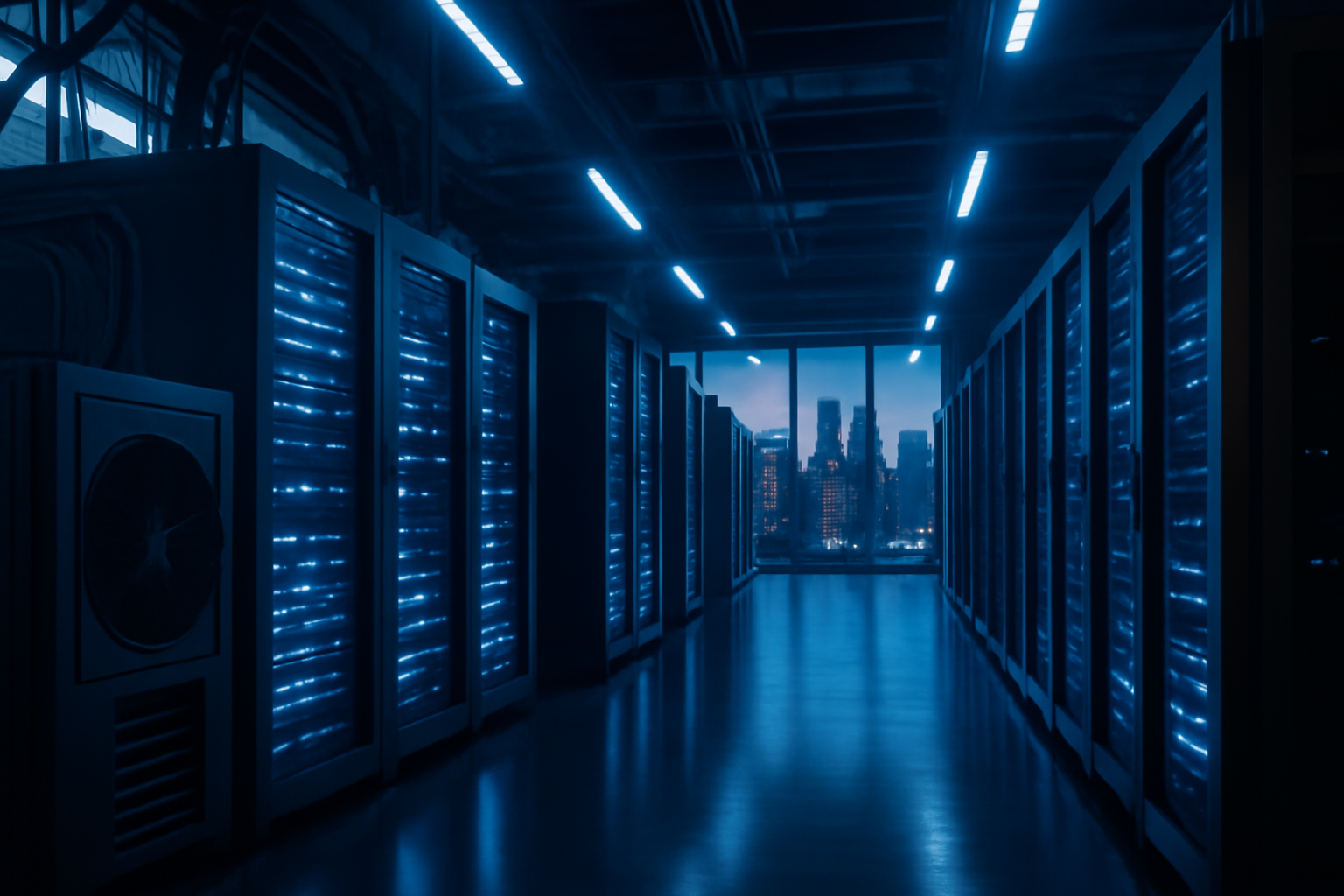AI’s Explosive Energy Demand: Is the US Ready for 50 Gigawatts by 2028?
The rapid advancement of artificial intelligence (AI) has captured the world’s imagination, promising revolutionary changes across industries from healthcare to transportation. But as these technologies grow more powerful and widespread, an often-overlooked challenge is looming on the horizon: the enormous energy consumption required to power AI systems.
The Future Energy Appetite of AI
According to recent insights from Anthropic, a company focused on AI safety and research, the AI industry’s energy consumption is expected to skyrocket to 50 gigawatts (GW) by 2028. To put this figure in perspective, 50 GW is roughly equivalent to the output of about 50 large nuclear power plants or nearly double the current total electricity generation capacity of some countries.
This massive increase is driven primarily by the computationally intensive nature of modern AI models. Large-scale training of machine learning models — especially those based on deep learning architectures — requires vast amounts of processing power. These processes involve running thousands of GPUs or specialized AI chips continuously, consuming tremendous amounts of electricity.
Why Does AI Require So Much Power?
At its core, AI training involves crunching enormous datasets to “teach” models how to recognize patterns, make predictions, or generate content. As models grow in size and complexity, so does the need for more computational resources. For example:
- Training large language models like GPT-4 or similar systems can take weeks of continuous operation on thousands of GPUs.
- Inference — the process of running AI models to generate outputs — also requires substantial energy, especially when AI services scale to millions of users worldwide.
- Developing and deploying more sophisticated AI architectures only increases energy demands further.
Consequently, the AI sector’s power demands are growing at an unprecedented rate, outpacing even the growth in traditional data center energy consumption.
The US Energy Infrastructure: A Growing Concern
While this surge in energy demand signals exciting technological progress, it also poses a critical question: Is the United States prepared to meet this challenge?
Currently, the US power grid faces multiple stresses, including aging infrastructure, increasing demand from electric vehicles, and the push toward renewable energy sources. Integrating AI’s projected 50 GW demand adds another layer of complexity. Experts warn that without significant investment and modernization, the US energy system may struggle to keep pace.
Moreover, much of the existing electricity generation still relies on fossil fuels, which raises environmental concerns. Scaling AI power consumption without a parallel shift to clean energy could exacerbate carbon emissions, undermining climate goals.
Meeting the Challenge: What Needs to Be Done?
Addressing AI’s energy needs will require a multifaceted approach:
- Investing in clean energy infrastructure: Expanding renewable energy sources like solar, wind, and nuclear is essential to sustainably power AI technologies.
- Improving energy efficiency: AI hardware and software must continue evolving to reduce energy consumption per calculation. Innovations in chip design and algorithm optimization can help.
- Grid modernization: Upgrading the US electric grid to handle higher loads, improve resilience, and integrate distributed energy resources is critical.
- Policy and incentives: Government policies should encourage sustainable AI development and the adoption of green energy solutions.
Some companies are already exploring these avenues by building data centers powered entirely by renewable energy and investing in energy-efficient AI hardware. However, scaling these efforts to meet the forecasted 50 GW demand requires coordination among industry, government, and energy providers.
Why It Matters
The implications of AI’s energy consumption extend beyond technology companies. They impact national energy security, environmental sustainability, and economic competitiveness. Failing to prepare could lead to energy shortages, higher electricity costs, and increased greenhouse gas emissions.
Conversely, proactively tackling these challenges presents an opportunity to drive innovation in clean energy, modernize critical infrastructure, and set global standards for sustainable AI development.
Conclusion
The AI revolution is not just a computational challenge — it’s an energy challenge. With the industry projected to consume around 50 gigawatts by 2028, the US must urgently assess and upgrade its energy infrastructure to support this growth sustainably. Doing so will ensure that AI’s transformative potential can be realized without compromising environmental and economic stability.
For those interested in learning more, read the full analysis by Singularity Hub.

Leave a Reply